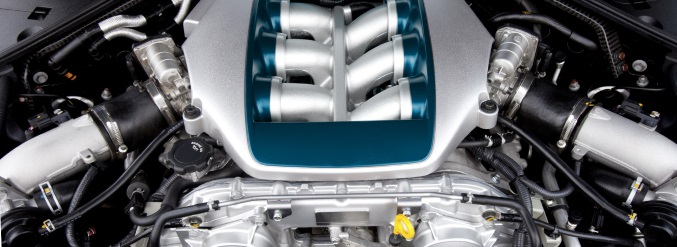
Guess how much it costs for you to keep a car on the road? The American Automobile Association estimates that the average mid-size sedan costs roughly $8,700 a year to use and maintain. That breaks down to $725 a month and 58 cents, on average, per mile. That can’t be possible, you say! Well, there are a lot of secondary costs to owning an automobile and they all need to be factored in when determining how much it costs to own and use a car every year.
But, the good news is: you can lower that amount with some effort. In Part One of this article, we will look at ways that you can save in 2 categories: fuel costs and repair costs.
How to Save on Automobile Repairs
Do the easy repairs yourself. Some things that you can do yourself are replacing wiper blades, blown lights and basic detailing. These are all easy to do and if you need some guidance, you can go to YouTube to see videos on how things are done.
Stop jamming on the brakes. Anticipating stops, rather than slamming on the pedal, can save you money. You can typically double the life of your rotors and brake pads if you are easy on your brakes.
Don’t change your oil excessively. You don’t need to change your oil every 3,000 miles. Newer cars using synthetic oils can easily reach the 8,000-10,000 mile mark before needing a change. Check your owner’s manual for more information.
How to save on gas
Cruise at 50 mph. Gas mileage decreases as you travel faster. Here’s a rule of thumb: For every 5 mph you drive above 50 mph is like paying an additional 20 cents per gallon of gas.
Drive smoothly. Driving fast, jack rabbit starts, and hard braking are the quickest ways to waste gas. Such aggressive driving can lower your gas mileage by 33% according to the U.S. Department of Energy.
Buy gasoline smarter. Many of the larger gas companies offer their own credit cards or have saving programs that offer discounts to members. These are no brainers.
Don’t leave your car idling. If you’re parked and waiting, turn the engine off. Idling can use a quarter to a half-gallon of fuel per hour; www.hoffmanchryslerjeepdodge.com says restarting your vehicle only takes about 10 seconds worth of fuel.
Instead of AC, rolldown the windows when it’s hot. Running the air conditioning can reduce a vehicle’s fuel economy by more than 25%, according to Oak Ridge National Laboratory.
Keep your tires inflated. Making sure you’ve got proper pressure can improve your gas mileage by 3.3%. By the way, when you are inflating your tires, do not go by the maximum pressure level printed on the tire’s sidewall. The correct tire pressure level for your car printed on a sticker in the driver’s side doorjamb or will be in your owner’s manual. It’s a good idea to checking your tire pressure about once a month, as tires lose an average of about two pounds of pressure per month.
Thanks to: Hoffman Chrysler
Previous article
2016 Volkswagen Jetta GLI Momo Edition


